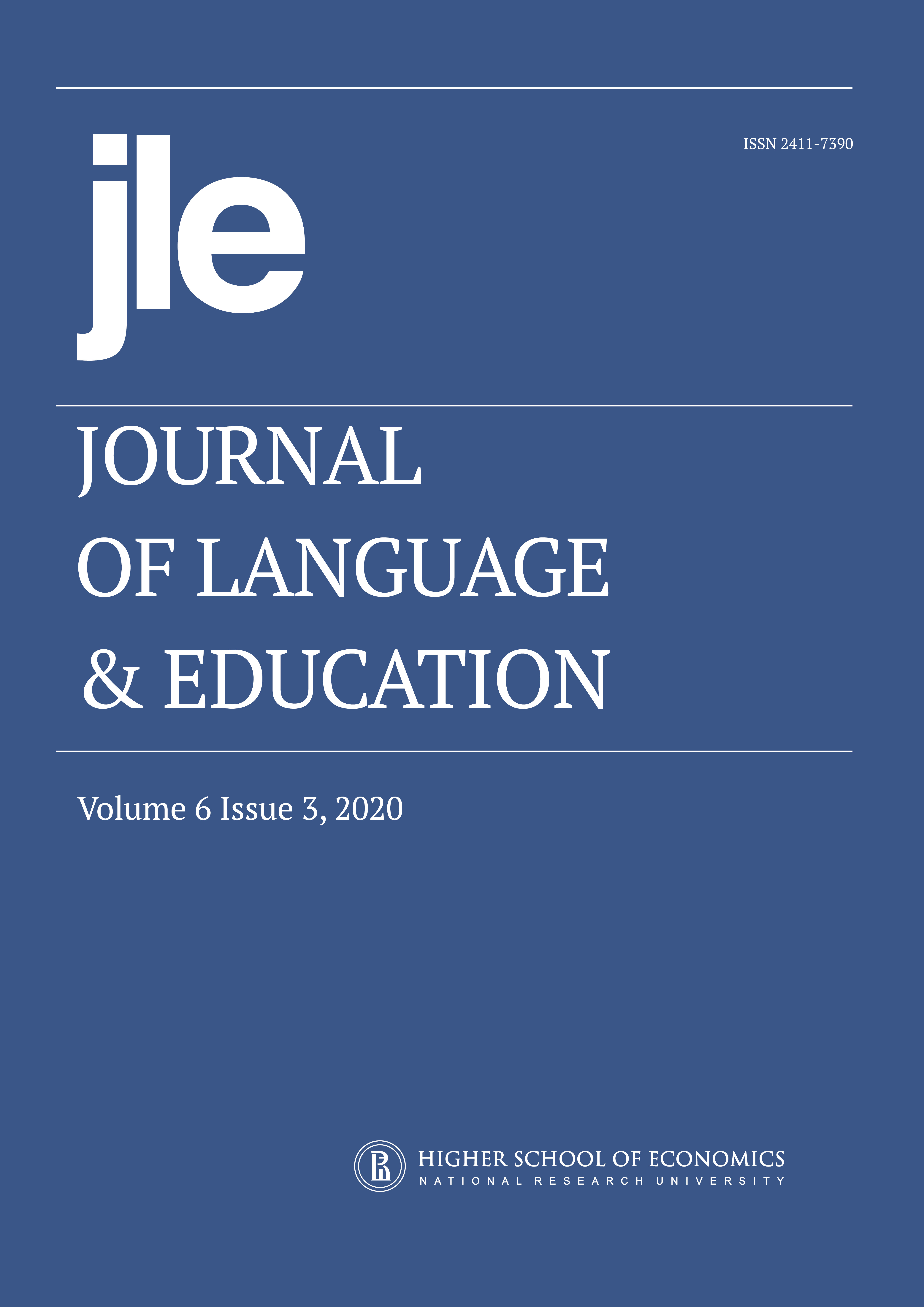Seven Deadly Sins: Culture’s Effect on Scholarly Editing and Publishing
Abstract
The opinion piece aims to draw readers’ attention to the effects cultures other than English-related ones exert on the processes of scholarly editing and publishing. Non-Anglophone writers with little academic English skills or a weak command of English tend to face desk-rejections or very difficult and time-consuming rounds of edits and revisions. Second-language researchers often are biased toward national schools of thought with the most prominent international research ignored. Such authors are unaware of the recent developments in their field on a global scale and are sometimes prone to misunderstanding scientific and academic genres in the internationally accepted mode. Non-Anglophone writers are also inclined toward native-language patterns of thought and, consequently, rhetorical schemas different from English. Such second-language researchers may have their specific understanding of ethics and criticism, responding to the latter in an unexpectedly harsh way. This combination of factors can lead to unoriginal, vague, unimportant, and unacceptable submissions to international journals, resulting in failures to disseminate their research globally. The authors share their approaches to curbing unpleasant and inefficient experiences for second-language contributors, editors, and reviewers.
Downloads
References
Alamri, B. (2020). A comparative study of Saudi and international journals of Applied Linguistics: The move-bundle connection approach. Journal of Language and Education, 6(2), 9-30. DOI: https://doi.org/10.17323/jle.2020.10531
Anderson-Levitt, K. M. (2014). Significance: Recognizing the value of research across national and linguistic boundaries. Asia Pacific Education Review, 15(3), 347-354. DOI: https://doi.org/10.1007/s12564-014-9322-0
Flowerdew, J. (2001). Attitudes of journal editors to non-native speaker contributions. TESOL Quarterly, 35(1), 121-50.
Flowerdew, J. & Wang, S. H. (2016). Author's editor revisions to manuscripts published in international journals. Journal of Second Language Writing, 32, 39-52. DOI: https://doi.org/10.1016/j.jslw.2016.03.004
Harbord, J. (2018). Language policy and the disengagement of the international academic elite. Science Editing, 5(1), 32-38. DOI: https://doi.org/10.6087/kcse.115
Kaplan, R. (1966). Cultural thought patterns in intercultural education. Language Learning, 16, 1-20. DOI: https://doi.org/10.1111/j.1467-1770.1966.tb00804.x
Ketabi, S., & Rahavard, S. (2013). Cultural variations across academic genres: A generic analysis of intertextuality in master's theses introductions. English Language Teaching, 6(11), 148-159. DOI: https://doi.org/10.5539/elt.v6n11p148
Lambovska, M., & Yordanov, K. (2020). Motivation of researchers to publish in high-quality journals: A theoretical framework. TEM Journal, 9(1), 188-197. DOI: https://doi.org/10.18421/TEM91-27
Larson, J. (2018). Other voices: authors' literary-academic presence and publication in the discursive world system. Discourse: Studies in the Cultural Politics of Education, 34(4), 521-535. DOI: https://doi.org/10.1080/01596306.2016.1278357
Raitskaya, L., & Tikhonova, E. (2020). Overcoming cultural barriers to scholarly communication in international peer-reviewed journals. Journal of Language and Education, 6(2), 4-8. DOI: https://doi.org/10.17323/jle.2020.11043
Sadeghi, K., & Alinasab, M. (2020). Academic conflict in Applied Linguistics research article discussions: The case of native and non-native writers. English for Specific Purposes, 59, 17-28. DOI: https://doi.org/10.1016/j.esp.2020.03.001
Salager-Meyer, F. (2014). Writing and publishing in peripheral scholarly journals: How to enhance the global influence of multilingual scholars? Journal of English for Academic Purposes, 13, 78-82. DOI: https://doi.org/10.1016/j.jeap.2013.11.003
Sheldon, E. (2011). Rhetorical differences in RA introductions written by English L1 and L2 and Castilian Spanish L1 writers. Journal of English for Academic Purposes, 10, 238-251. DOI: https://doi.org/10.1016/j.jeap.2011.08.004
Somashekhar, S. P. (2020). Art of scientific writing. Indian Journal of Gynaecologic Oncology, 18(2). DOI: https://doi.org/10.1007/s40944-020-00382-y
Tight, M. (2014). Working in separate silos? What citation patterns reveal about higher education research internationally. Higher Education, 68(3), 379-395. DOI: https://doi.org/10.1007/s10734-014-9718-0
Trompenaars, F., & Hampden-Turner, C. (1997). Riding the waves of culture. Understanding the cultural diversity in Business. Nicholas Brealey Publishing.
Voevoda, E. (2020). Intercultural communication in multicultural education space. Training, Language and Culture, 4(2), 11-20. DOI: https://doi.org/10.22363/2521-442X-2020-4-2-11-20
Copyright (c) 2020 National Research University Higher School of Economics

This work is licensed under a Creative Commons Attribution 4.0 International License.
Authors who publish with this journal agree to the Copyright Notice.



